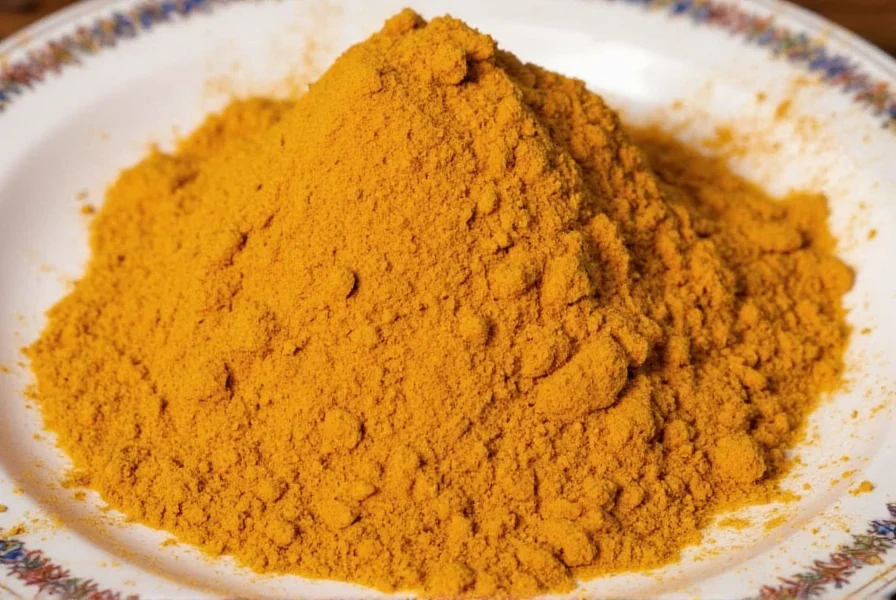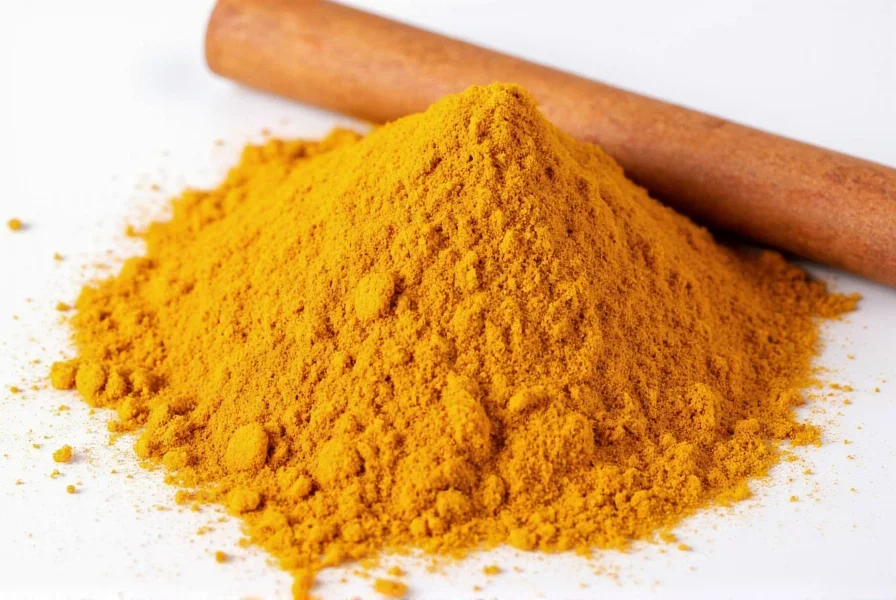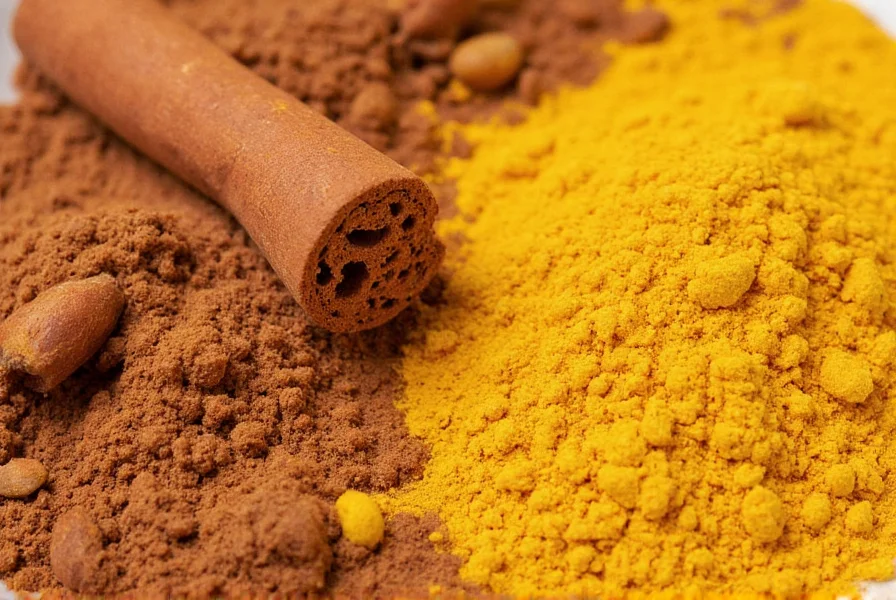For centuries, traditional medicine systems like Ayurveda and Traditional Chinese Medicine have combined spices for enhanced therapeutic effects. Modern science is now validating many of these ancient practices, particularly regarding the dynamic duo of cinnamon and turmeric. These golden-hued spices aren't just kitchen staples—they're potent sources of bioactive compounds with significant health implications when properly combined.
The Science Behind Cinnamon and Turmeric Combination
Turmeric contains curcumin, a polyphenol with well-documented anti-inflammatory and antioxidant properties, but it suffers from poor bioavailability on its own. Cinnamon contains cinnamaldehyde and other compounds that may enhance curcumin absorption. Research published in the Journal of Medicinal Food suggests that certain compounds in cinnamon can increase the bioavailability of curcumin by up to 2000% when consumed together.

Key Health Benefits of Combining These Spices
When properly combined, cinnamon and turmeric create a powerful synergy that amplifies their individual benefits:
| Benefit | Scientific Support | Optimal Ratio |
|---|---|---|
| Enhanced anti-inflammatory effects | Multiple studies show combined effect greater than either spice alone | 2:1 turmeric to cinnamon |
| Improved blood sugar regulation | Clinical trials demonstrate better glucose control with combination | 1:1 ratio for metabolic support |
| Increased antioxidant capacity | ORAC values show synergistic antioxidant activity | 3:1 turmeric to cinnamon |
Practical Applications and Optimal Usage
The most effective way to combine cinnamon and turmeric leverages their synergistic relationship while addressing bioavailability challenges. Adding a small amount of black pepper (containing piperine) significantly enhances curcumin absorption—up to 2000% according to research in Planta Medica. A simple golden milk recipe might include:
- 1 teaspoon turmeric powder
- ½ teaspoon cinnamon
- Pinch of black pepper
- 1 cup unsweetened almond milk
- Optional: 1 teaspoon coconut oil (fat enhances absorption)
Safety Considerations and Precautions
While generally safe for most people, certain precautions apply when mixing cinnamon and turmeric:
Blood thinning effects: Both spices have natural anticoagulant properties. Those taking blood thinners like warfarin should consult their physician before regular consumption. A study in the Journal of Thrombosis and Haemostasis noted potential interactions requiring medical supervision.
Dosage guidelines: For general wellness, most experts recommend no more than 1-2 grams of turmeric and 0.5-1 gram of cinnamon daily when combined. Higher doses may cause gastrointestinal discomfort in sensitive individuals.
Special populations: Pregnant women, individuals with gallstones, and those with liver conditions should consult healthcare providers before regular consumption. Cassia cinnamon (the most common variety) contains coumarin, which can be problematic in high doses for certain populations.

Evidence-Based Recommendations for Maximum Benefit
To maximize the health benefits of mixing cinnamon and turmeric, consider these evidence-based strategies:
- Always combine with a healthy fat source (coconut oil, almond milk) as curcumin is fat-soluble
- Add black pepper to increase curcumin absorption by up to 2000%
- Maintain proper ratios—2:1 turmeric to cinnamon for inflammation, 1:1 for blood sugar support
- Choose Ceylon cinnamon when possible, as it contains significantly less coumarin than Cassia
- Consume with meals to enhance absorption and reduce potential stomach irritation
Research from the American Journal of Clinical Nutrition indicates that the combination shows particular promise for metabolic health, with studies demonstrating improved insulin sensitivity in prediabetic individuals who consumed both spices regularly compared to either spice alone.
Common Misconceptions About Cinnamon and Turmeric
Despite growing popularity, several misconceptions persist about mixing these spices:
- Myth: All turmeric supplements work equally well with cinnamon
Fact: Only formulations with enhanced bioavailability (like those with piperine) show significant synergistic effects - Myth: More is always better when combining these spices
Fact: Excessive consumption can cause digestive issues and potential medication interactions - Myth: Any type of cinnamon works equally well with turmeric
Fact: Ceylon cinnamon is preferred for regular consumption due to lower coumarin content











 浙公网安备
33010002000092号
浙公网安备
33010002000092号 浙B2-20120091-4
浙B2-20120091-4